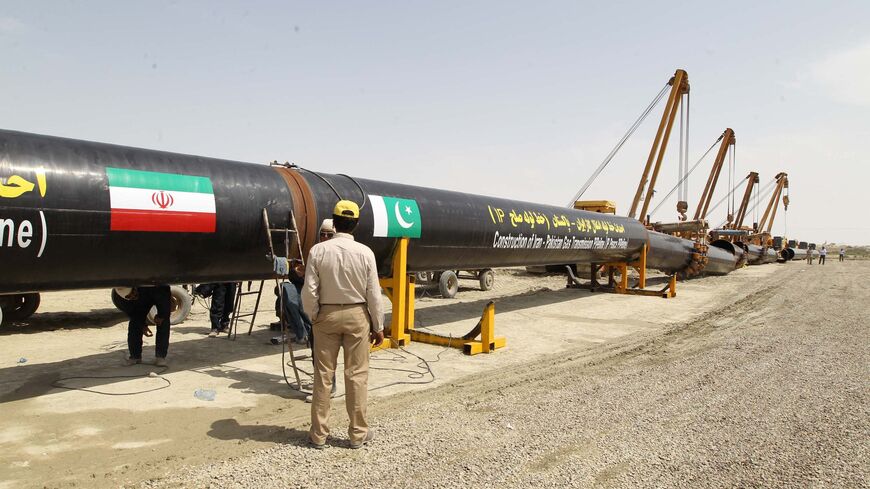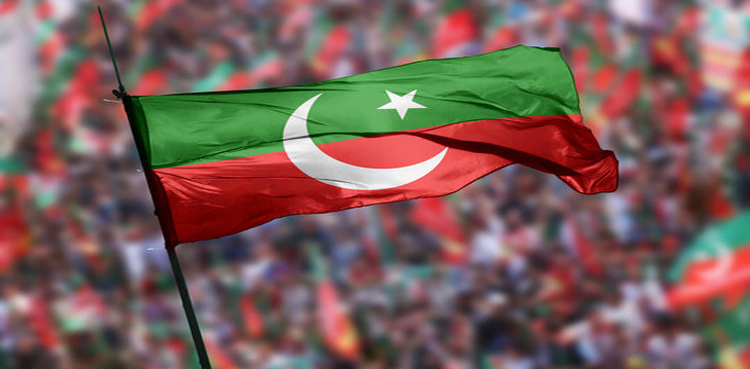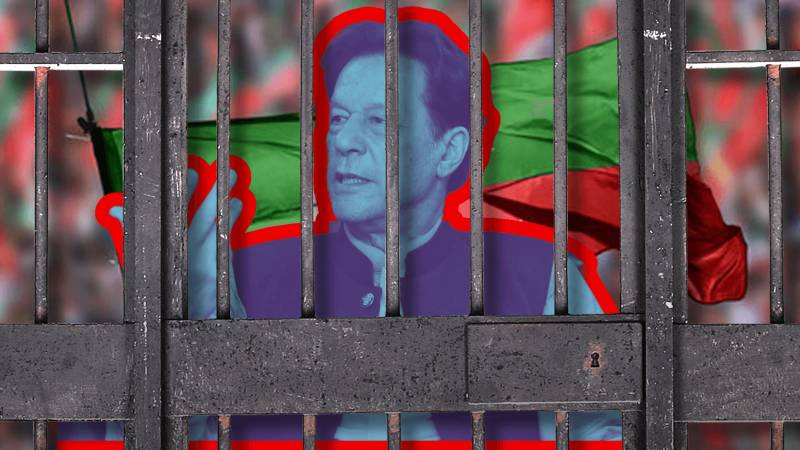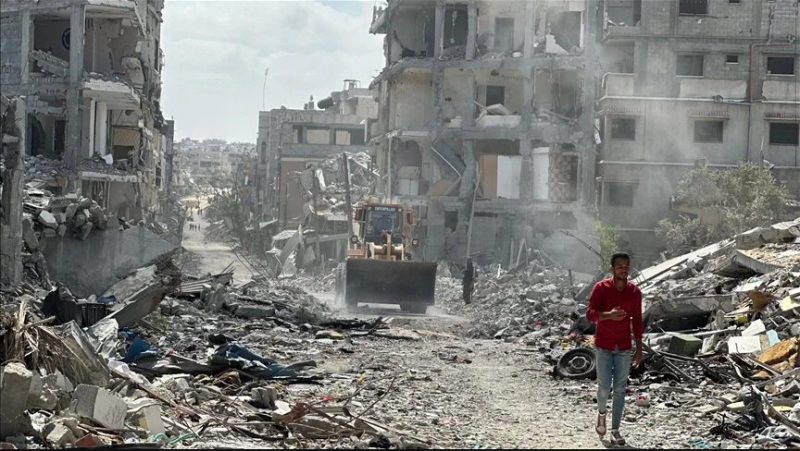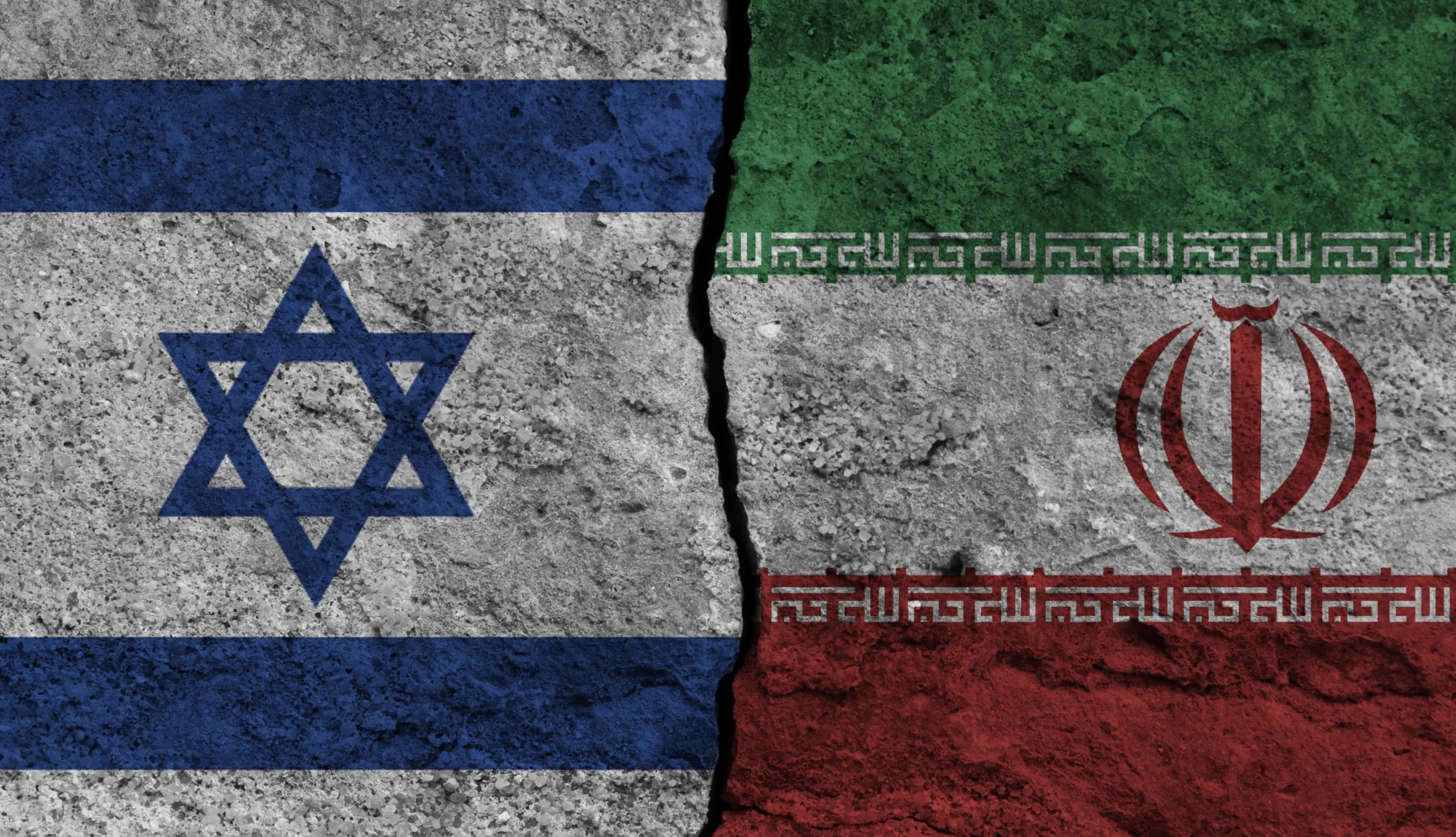Zafar Iqbal
The Iran-Pakistan gas pipeline, also known as the Peace Pipeline, is a vital project that can strengthen the economic and political relationship between the neighbouring countries. The project was initiated in 1995 with a memorandum of understanding signed between the two countries, but it has faced numerous delays and setbacks over the years.
The pipeline will run from Iran’s South Pars gas field to Pakistan’s southern Balochistan province, covering a distance of about 1,800 kilometres. The project is expected to benefit both countries significantly, especially in terms of energy security and economic growth.
The pipeline is an opportunity for Pakistan to address its chronic energy crisis. Pakistan has been facing a severe energy shortage for many years, which has hindered its economic growth and development. The pipeline will provide a steady natural gas supply to Pakistan, which will help reduce its dependence on expensive imported oil and provide a cheaper energy source for power generation.
The pipeline will also help Pakistan diversify its energy mix. Natural gas is a cleaner and more environmentally friendly alternative to coal and oil. This will help Pakistan reduce its carbon emissions and contribute to global efforts to combat climate change.
The pipeline allows Iran to export its natural gas to a neighbouring country and earn revenue. Iran has one of the world’s largest reserves of natural gas, but its ability to export it has been limited due to sanctions imposed by the international community. The pipeline will provide Iran with a new market for its gas and help it diversify its economy.
The project has faced several challenges, including political tensions between the two countries and international sanctions against Iran. However, both countries remain committed to completing the project, and Pakistan has already completed most of its side of the pipeline.
The project can potentially strengthen the economic and political ties between Iran and Pakistan and contribute to regional stability and peace. It is a symbol of cooperation and mutual benefit between two neighbouring countries and a shining example of how energy can catalyse economic growth and development.
Iranian President Ebrahim Raisi’s recent visit to Pakistan was accompanied by a joint statement that reiterated the importance of cooperation in various domains, including energy, trade, and security. The statement emphasized the Iran-Pakistan Gas Pipeline Project, trade in electricity, power transmission lines, and a collaborative approach to confronting terrorism. The two nations also pledged to transform their common border from a border of peace to prosperity through joint economic projects, including setting up joint border markets, economic free zones, and new border openings.
However, despite the promises of enhanced cooperation, several inhibiting factors could hinder the successful implementation of these initiatives. The first factor is the quality of leadership in both countries. To achieve successful bilateral cooperation, both nations must demonstrate a national ethos, integrity, and courage to stand for national interests. However, a deceptive, misleading, and short-sighted tactical mindset could hinder the fulfilment of these promises.
For instance, Pakistan and Iran signed the Iran-Pakistan Gas Pipeline Project in 2009, but Pakistan failed to initiate the project, citing sanctions on Iran. While several countries previously secured waivers from the US for importing oil from Iran, Pakistan has yet to ask for a waiver formally. The US has warned against doing business with Iran, making it difficult for Pakistan to engage in trade with Iran.
The third factor that could hinder cooperation is informal trade, also known as smuggling. Petroleum dealers claim that smuggled Iranian diesel constitutes almost 35% of Pakistan’s needs, and officials of all shades are involved in smuggling through the Iranian border. As a result, formal trade would deprive those involved of lucrative incomes, making them less cooperative in facilitating formal trade.
Proxy terrorism represents the fourth factor that could hinder successful cooperation. While the bilateral agreement for a joint counter-terrorism mechanism is promising, countering a threat directly related to geopolitics requires an unusual commitment and sincerity. Many groups, such as TTP, Jaishul Adl, BLA, and BLF, are likely instruments of a proxy war focused on hurting Pakistani, Iranian, and Chinese interests and keeping the region embroiled in violence, thereby projecting it as insecure.
Finally, the overbearing Saudi influence over Pakistan’s decision-makers could hinder increased trade cooperation with Iran, representing the fifth inhibiting factor. Against this background, large projects such as the gas pipeline or formal trade agreements may only be feasible with a national ethos, integrity, accountability, and sincerity at the top. These factors are necessary for Iran to trust Pakistan’s commitment to enhancing trade cooperation, and the promises of bilateral cooperation may remain unfulfilled.



